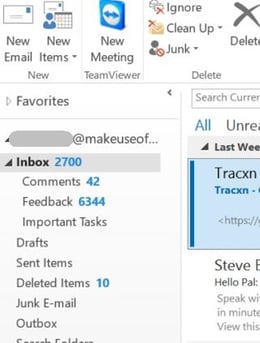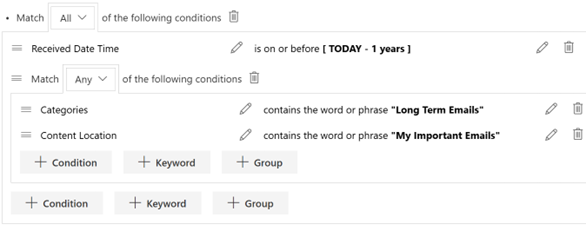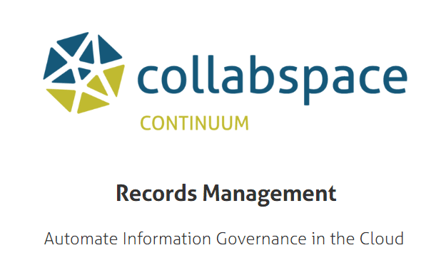Did you know that the amount of information created every two days is equal to what was generated between 2003 and the dawn of civilization? Let that resonate for a moment. With these mass amounts of information being produced, it is no wonder that the term 'information chaos' has been circulating around the records management world.
Today we're going to be covering four organizational factors affected by information chaos before touching on how the Collabspace data lake can be beneficial to address them and gain the most value from your content. As a bonus, below we have included a webinar presentation by Tom Ng, Solutions Manager for Collabware, where he speaks on and demonstrates how to battle information chaos and supercharge your eDiscovery using the Data Lake approach.
4 Factors Affected by Information Chaos
1. eDiscovery
Whether for audit purposes or as a discovery exercise, there are always times that require pulling up a specific business-critical document. Searching up the content seems simple enough: but what if it has not been properly stored and the location/document name are unknown? In his webinar, Tom provided the example of searching for a corporate contract through Outlook, SharePoint/OneDrive, File Shares, and other repositories to demonstrate just how overwhelming it can be when collecting the necessary content you need. Individuals who have several repositories overloaded with information may wonder: Where do we even start with our search?
When searching for a corporate contract, a go-to can be Outlook. But who sent it, what was the subject line again? With overflowing inboxes, finding an emailed document can be a frustrating and time consuming experience.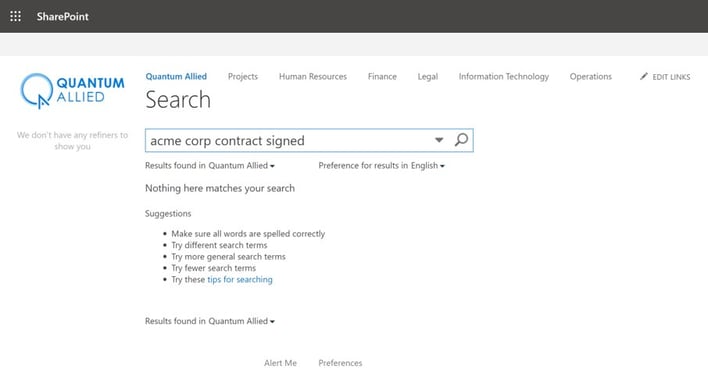
Maybe searching on Outlook was not successful so SharePoint/One Drive could be the next repository to browse. But if you don't remember the exact name of the document, searching here can also be a challenge.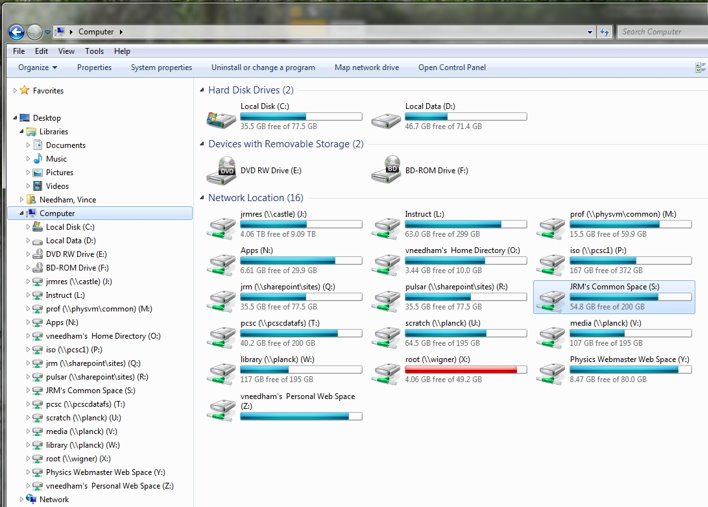 Still trying to pin down the contract, navigating local network drives may be necessary. But for the everyday individual with several years' worth of files and drives, that would mean diving straight into the black hole of information chaos.
Still trying to pin down the contract, navigating local network drives may be necessary. But for the everyday individual with several years' worth of files and drives, that would mean diving straight into the black hole of information chaos.
2. Employee Productivity
This search process not only causes frustration, but can also be incredibly time consuming. Sure, spending several minutes looking for a document here or there seems harmless enough.. but it adds up. Tom shared the statistic that the average worker spends around 36% of their time searching for information across multiple channels and platforms. To further the issue, 44% of that time they are not able to find the information they were searching for in the first place.
3. Content Retention and Security
Beyond difficulties with search and the time it can waste, an excess of information that is ill-managed also runs risk of accidental disposition, ransomware attacks, and big legal costs for organizations. This should be taken seriously since ransomware damage costs are estimated to hit $11.5B by the end of this year, according to Cybersecurity Ventures. It is critical to have a solution that can fully protect your information and provide you with instant recovery.
4. Decision Making
With mass amounts of content stored across repositories, a lot of valuable information can get lost and organizations end up making uninformed decisions. If accessed, that data could be used for improving operations and high cost savings. For example, Tesco, one of the largest grocery chains in Europe, used their data analytics to learn how they could optimize lighting and cooling temperatures. With these insights, they have saved 20 million euros' worth in cooling costs every year. Who knows how much money other organizations could save if they made decisions informed by insights from their data?
What is the common theme and conclusion we can arrive at?
Information chaos-induced risks include data security breaches, wasted time, uninformed decision-making, and more. One way to battle the chaos and avoid these risks is by taking advantage of a solution that allows you to backup, protect, discover, and manage content from multiple sources from one place.
Addressing These Challenges with the Data Lake
The Collabspace data lake can stream your content in from SharePoint, OneDrive, File Shares, and other repositories for archiving, protection, visibility, and records management capabilities. You can leverage intelligent ECM capabilities such as auto-categorization and automated content lifecycle workflows that avoid staff interruption so your team can access information while compliance is handled in the background. By having all content backed up in one WORM-compliant, ransomware-proof repository, information is organized and easily discoverable to help unlock new insights and make informed, accurate, and timely decisions.
This way, you can feel fully secure, quickly and easily find the content you need, and make informed decisions to attain true freedom from information chaos.
Want to see it in action? Tom demonstrated how the Collabspace data lake can battle information chaos and supercharge your eDiscovery process. Access the full webinar for free below:
Want to learn more about overcoming information chaos in your records management? Reach out to us with questions, or for a free demo. Check out our blog to read more about e-Discovery, optimizing your SharePoint search, or the Data Lake approach.


